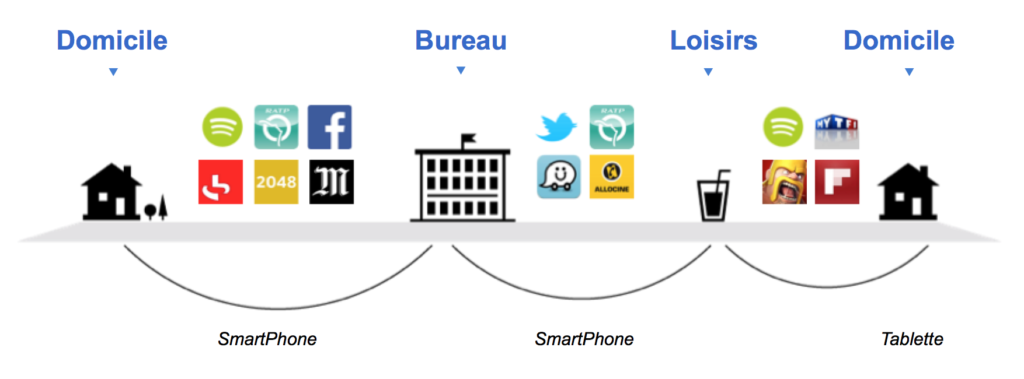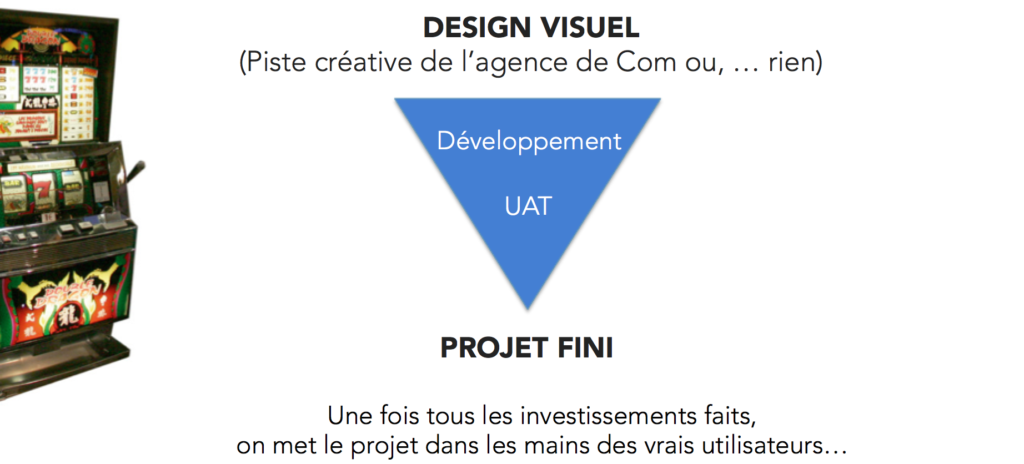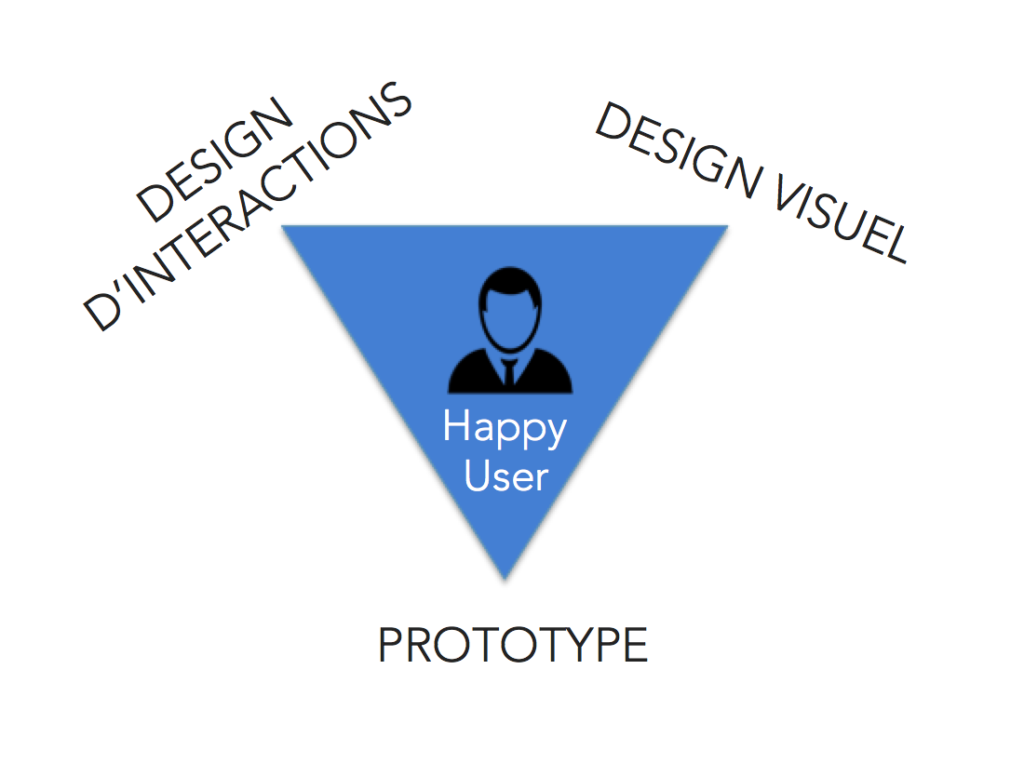We are now observing with our customers that Business to Employees (B2E) software is not at the level of the software that employees work with throughout the day.
Employees who use brand applications on their mobiles, tablets or even their web services are increasingly “disappointed” with the level of interfaces that their employers make available to them.

Faced with the difficulty of using these interfaces, which have become more and more complex over time, we have often noticed that employees recreate their own tools in parallel to make up for the lack of internal software. The risks for companies are of various kinds.

Moreover, in the world of physical customer relations, the relationship between a customer and an employee changes. The "counter" type relationship is changing and the tools must adapt. The relationship goes from “face to face” to “side by side”. This is not without impact on the interfaces which are not adapted to this large gap.
We also noted that in the years 2008-2013, the good idea of the brands in the customer relationship was to reduce the costs of the customer relationship and the network by
- Going digital as much as possible
- Developing mobile applications, tablets,
- Empowering the client
but that this new autonomy of the client has brought up new problems:
- Loss of opportunity and efficiency in additional selling
- Loss of human relationship and therefore more 'churn'
The movement towards an all-digital customer relationship has gone too far.
WHAT CHANGES:
The awareness that it is necessary to rethink BtoE tools to “reconcile” employees and their tools is growing.
It is increasingly accepted that BtoE must be simple, design, responsive and fast by taking up the 'best practices' of BtoC applications.
The benefits of an optimized UX are numerous:
- Lower training and support costs
- Reduced development times & costs
- Lower maintenance costs
- Increase in usage
- Productivity Gains
- Pleasure increase
SOME DEFINITIONS :
The front design:
The cycle for business applications used to be rather very (too?) simple:- Minimalist VISUAL DESIGN = Com Agency Creative Track or Functional Specification, see nothing
- DEVELOPMENT
- UAT (User Acceptance Tests) not carried out by users but by the business. Where we did not check the acceptance by the user but the conformity with the specification.
- RECIPE PROJECT, Once all the investments have been made, we put the project in the hands of the real users...

“Design is not just what it looks like and feels like. Design is how it works. "
Steve Jobs
Interaction Design + Visual Design + Prototype = Happy User

HOW
(Re)Put the user at the center:
- Get out of business beliefs
- Accept to be wrong
- Fail fast to succeed sooner
- Iterate
- Ask the user for their expectations/ Observe them
- Confront users as early as possible
Because in the end – in any case – it is the user who decides the success of the service, not the profession.
THE INDUSTRIALIZATION OF UX:
Our clients often tell us about fears that can be justified about the deployment of user-centric methods in large organizations:
“But on a large scale, does it cost more? »
“My teams are very spread out, how can I ensure consistency? »
“I have a very large number of interfaces, if everyone does what they want, in the end it's not homogeneous and it's useless! »
We offer them to contribute with them to the objective of creating / developing a real competitive advantage through the industrialization of UX:
- moving from 'one-shot' to a sustainable methodology
- harmonize the user experience of digital services
- reduce costs and risks
- increase User performance & productivity
by disseminating the "User-Centric" approach on a large scale in the company.
UX/UI ECO-DESIGN # Paris
SMILE Paris
163 quay of Doctor Dervaux 92600 Asnières-sur-Seine
DESIGN THINKING: CREATING INNOVATION # Belgium
UX-REPUBLIC Belgium
12 avenue de Broqueville - 1150 Woluwe-Saint-Pierre
MANAGING AND MEASURING UX # Paris
SMILE Paris
163 quay of Doctor Dervaux 92600 Asnières-sur-Seine
DESIGN SPRINT: INITIATION & FACILITATION # Paris
SMILE Paris
163 quay of Doctor Dervaux 92600 Asnières-sur-Seine
UX-DESIGN: THE FUNDAMENTALS # Belgium
UX-REPUBLIC Belgium
12 avenue de Broqueville - 1150 Woluwe-Saint-Pierre
GOOGLE ANALYTICS 4 #Paris
SMILE Paris
163 quay of Doctor Dervaux 92600 Asnières-sur-Seine
ACCESSIBLE UX/UI DESIGN # Belgium
UX-REPUBLIC Belgium
12 avenue de Broqueville - 1150 Woluwe-Saint-Pierre
EXPERIENCE MAPPING # Paris
SMILE Paris
163 quay of Doctor Dervaux 92600 Asnières-sur-Seine












